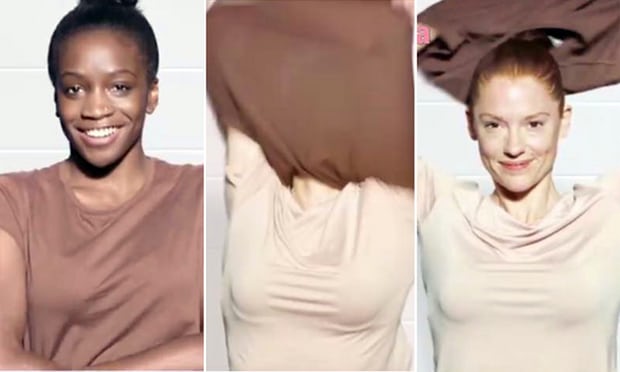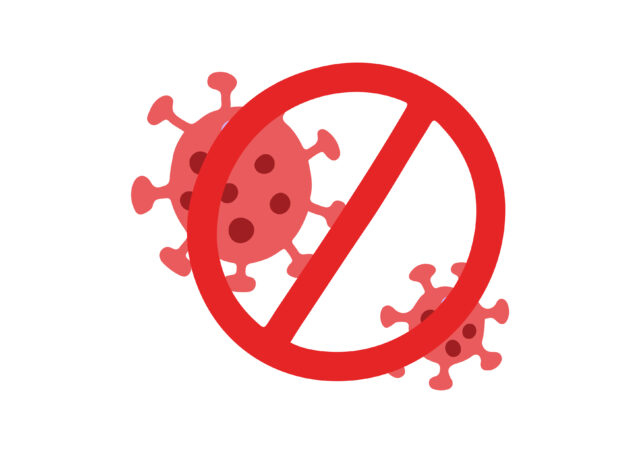At the heart of every advertisement is an attempt to promote or sell a product, service or idea. Every business needs some form of marketing communication to bring it to the consciousness of would-be customers.
The need to win in the market place has given rise to many creative ads which have hit the mark in terms of what they set out to achieve at the beginning of the campaign.
However, sometimes, brands launch ads that simply fall flat and fail to resonate with their target audience, either due to any of the factors ranging from wrong identification of the target audience to associating the brand with things that have no relevance to it, to something a little more mundane such as selecting a wrong colour scheme.
Other common mistakes in advertising include choosing the wrong publication or medium to market the product or service, using low resolution images, running unrelated ads (under the same campaign) in different kinds of media or choosing to go without a compelling copy.
All these are no-no’s when it comes to advertising. Nevertheless, they are still errors that are easy to rectify, and which once tweaked can propel a brand to the heights it hopes to achieve through advertising.
However, when advertising crosses red lines such as religion, race, sexual orientation or culture, it is regarded as an inexcusable and almost unforgivable blunder which more often than not, has the potential to ruin the reputation of a brand for a long time, if not forever.
Unfortunately, the sensitive boundary of race was pushed by global beauty brand, Dove, in its recent Facebook ad, which had a black woman transforming to a completely different person – a white woman after she used Dove’s new body wash.
And while the offending ad has since been removed, and the personal care brand owned by Unilever has apologized for missing the mark in representing women of colour thoughtfully, if the widespread outrage that has been an aftermath of the controversial commercial and threats of a product boycott are anything to go by, the brand will have to do far more than it has currently done to calm frayed nerves.
It’s hard to imagine how an ad that is so blatantly insensitive to a section of the world’s population got the go ahead to be published, especially since Dove has found itself in this position before. Many are still understandably dissatisfied with the brand’s apology as it is hard to argue that Dove wasn’t deliberately attempting to malign the dark skin, and project lighter skins are preferable and superior.
It’s of utmost importance that advertisers look beyond the surface to consider the impact their images and words may have on the populace, particularly marginalized groups. The consumer must always come first, and Dove’s commercial failed in this regard.
It’s an elementary mistake of gargantuan repercussions. It’s how not to advertise.




